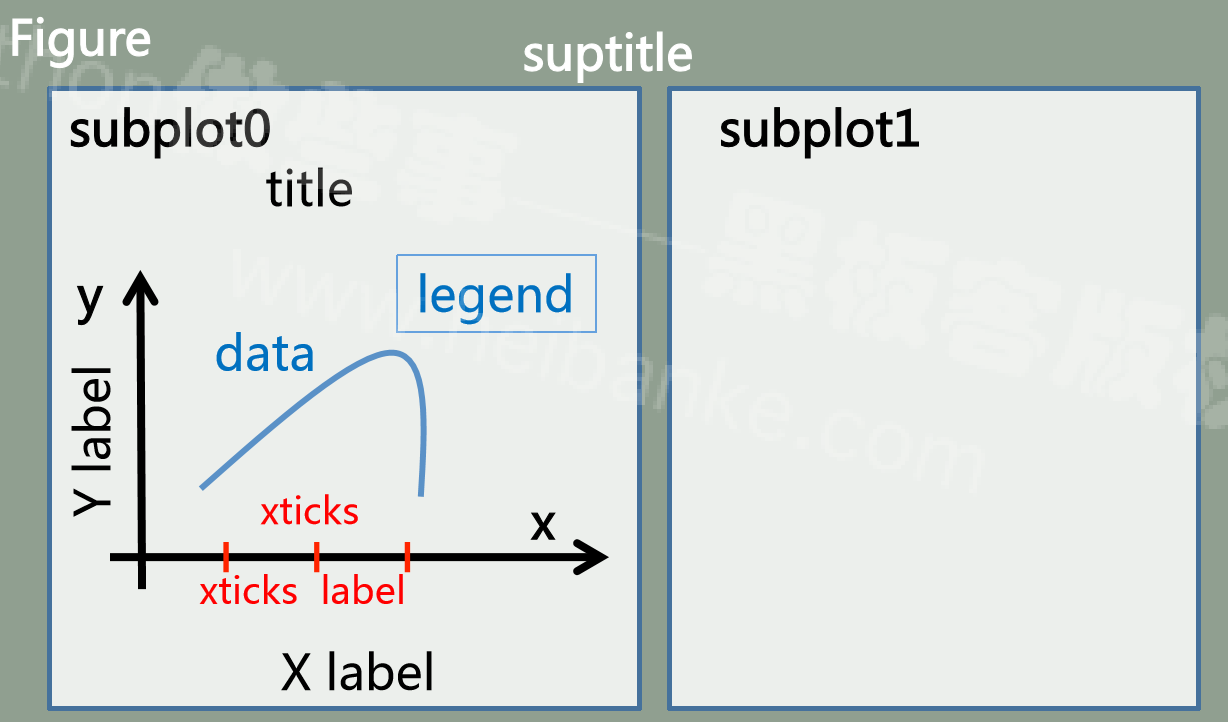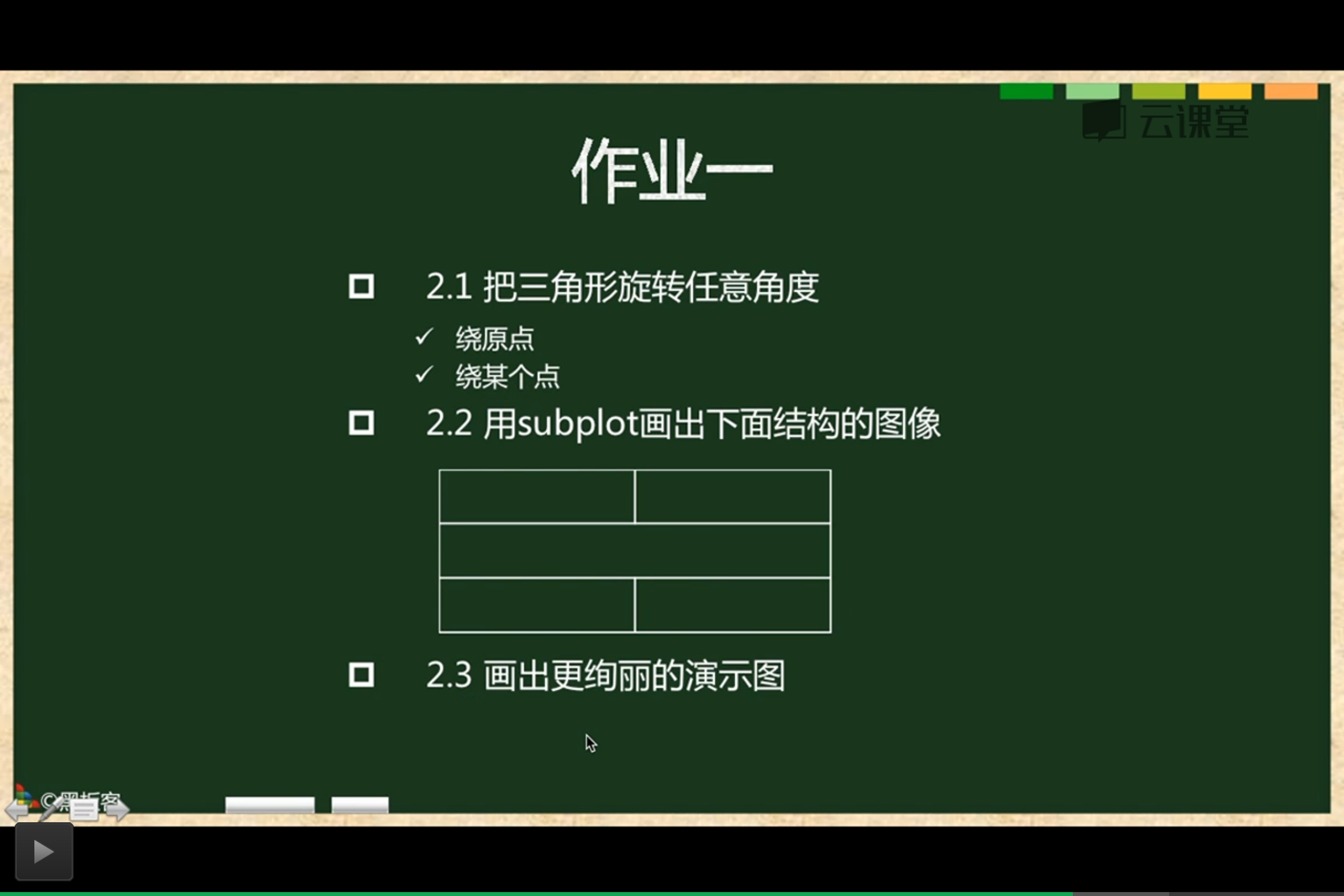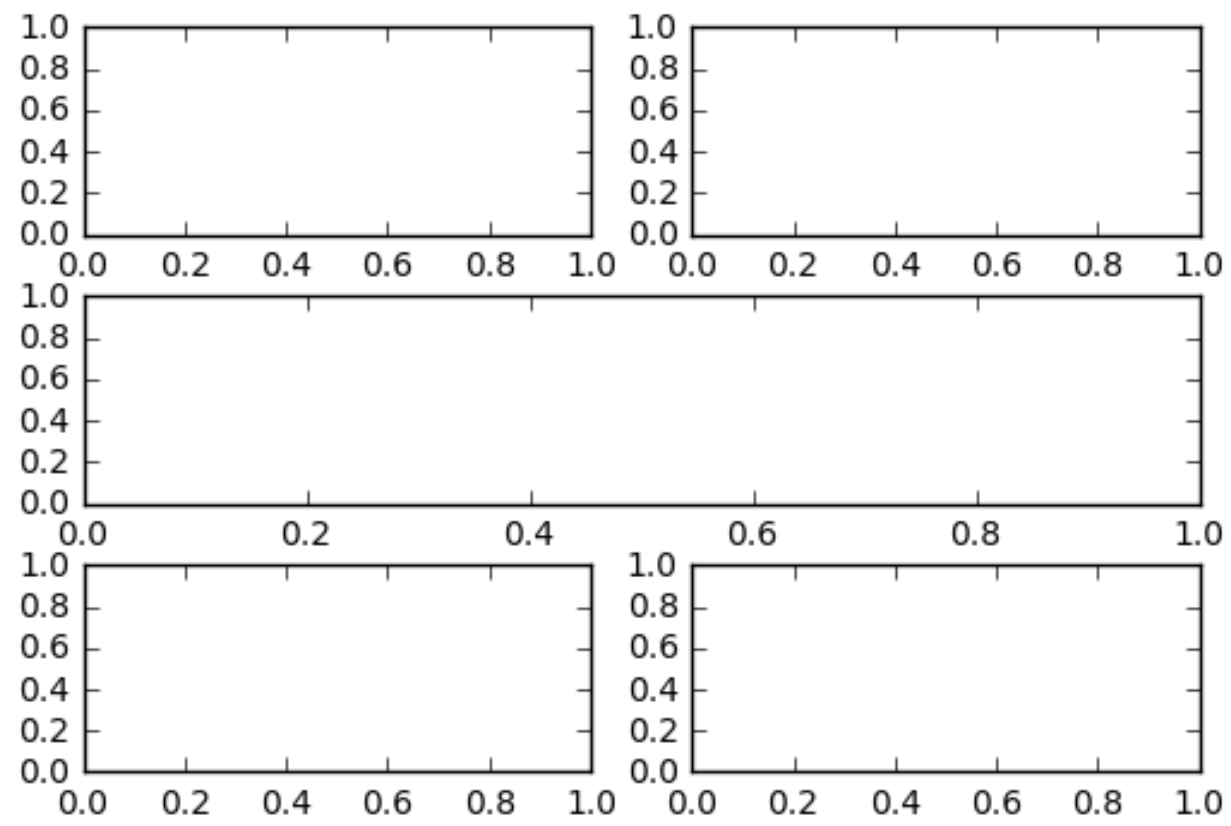思想:万物皆对象

作业

第一题:
import numpy as np
import matplotlib.pyplot as pltx = [1, 2, 3, 1]
y = [1, 3, 0, 1]def plot_picture(x, y):plt.plot(x, y, color='r', linewidth='2', linestyle='--', marker='D', label='one')plt.xticks(list(range(-5,5,1)))plt.yticks(list(range(-5,5,1)))plt.grid(True)def rotate(x0, y0, point=[0, 0], angle=np.pi/2):rx = []ry = []for i, pos in enumerate(zip(x0,y0)):rx.append((x0[i]-point[0])*np.cos(angle) - (y0[i]-point[1])*np.sin(angle) + point[0])ry.append((y0[i]-point[1])*np.cos(angle) + (x0[i]-point[0])*np.sin(angle) + point[1])return rx, ry
print(rotate([3,1],[0,1],angle=-np.pi/2))plot_picture(x, y)
plot_picture(rotate(x, y, angle=-np.pi / 2)[0], rotate(x, y, angle=-np.pi / 2)[1])

第二题:
% matplotlib inline
import numpy as np
import matplotlib.pyplot as pltfig = plt.figure()
fig.add_subplot(321)
fig.add_subplot(322)
fig.add_subplot(312)
fig.add_subplot(325)
fig.add_subplot(326)
fig.subplots_adjust(hspace=0.3)

第三题:
def rotate(x0, y0, point=[0, 0], angle=np.pi/2):rx = []ry = []for i, pos in enumerate(zip(x0,y0)):rx.append((x0[i]-point[0])*np.cos(angle) - (y0[i]-point[1])*np.sin(angle) + point[0])ry.append((y0[i]-point[1])*np.cos(angle) + (x0[i]-point[0])*np.sin(angle) + point[1])return rx, rydef draw_flower(step=4, start_point=[2,0]):step = 2**stepstart_x = [start_point[0]]start_y = [start_point[1]]x = []y = []b_x = []b_y = []for i in range(step):angle = (step/4)*2*np.pi/(step-1)start_x, start_y = rotate(start_x, start_y, angle=angle)x += start_xy += start_yif i != 0:b_x.append((x[-2]+start_x)/2)b_y.append((y[-2]+start_y)/2)plt.plot(x, y, 'r')plt.plot(b_x, b_y, 'b.')plt.axis('equal')plt.grid(True)draw_flower(6)
要求的菊花图,洞有点大,调整angle可以调整大小,

第三题需要一点解析几何计算,难度不大,主要是回忆几何知识比较痛苦,明明刚刚考过试的,哎。
方法与示例)


方法与示例)

方法与示例)

方法与示例)






函数_std :: copy()函数以及C ++ STL中的示例)



)
